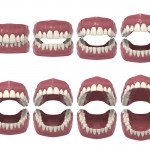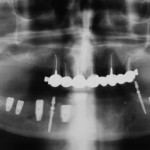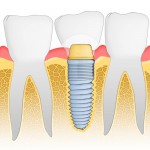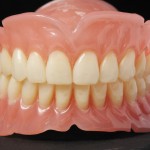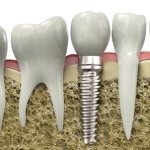
The traditional approach to placing dental implants was to submerge them and keep them load-free for 3–8 months to minimize the risk of implant failures. During the healing phase temporary prosthesis are often used and patients can find these uncomfortable. Consequently shorter healing periods without jeopardizing implant success would be beneficial. Nowadays immediate and early [read the full story…]
